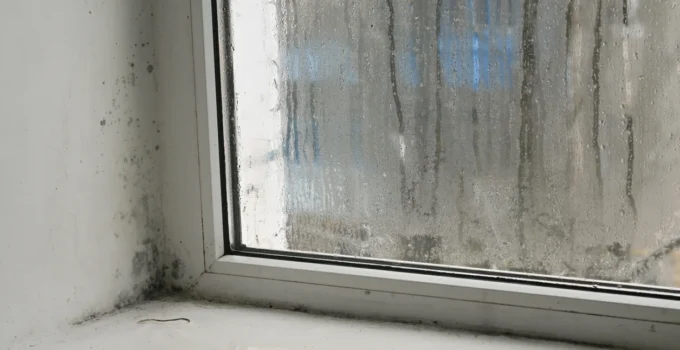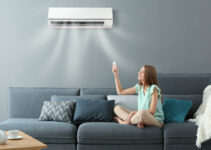Nobody likes the idea of dealing with mold or mildew in the house. Even if you don’t have a severe allergic reaction to mold or mildew, it can still cause health issues for others and potentially deteriorate your house.
The problem is, mold and mildew aren’t always readily evident. So how can you tell if your home has mold or mildew? And how can you prevent it or fight back against it?
Mold and Mildew: The Basics
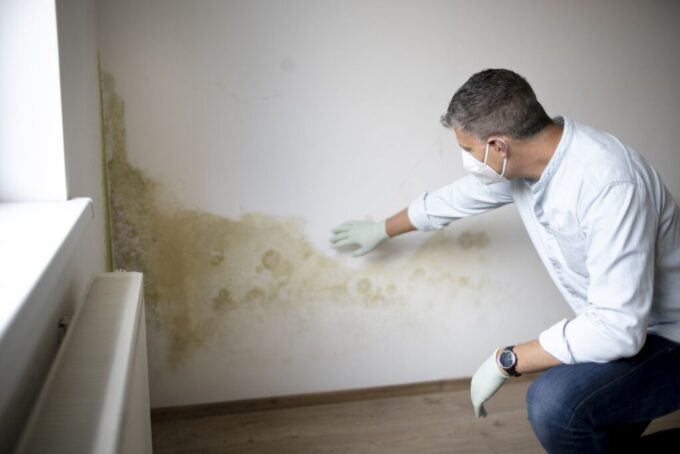
Source: pillar-restoration.ca
Mold and mildew are often grouped together and discussed simultaneously because they share a variety of common features. They’re both fungi. They both reproduce and proliferate in the same ways. And they both have an impact on human health. There are countless species of both mold and mildew, and each species has unique features and considerations to bear in mind.
However, for the purposes of this article, we can treat both generally. Do note that while some species of mold and mildew are completely harmless to most humans, there’s always the chance that someone has an allergic reaction to the species in question, and there are many species that are quite harmful to humans. If you believe your home has mold or mildew, and you can’t address the problem by yourself, it’s important to hire a professional remediation specialist to address the issue.
The Common Culprits
The most common place to find mold and mildew in a house is, by far, the bathroom. That’s because the bathroom is typically a place with high moisture content that doesn’t always get ample airflow. It’s also possible to find mold and mildew in and around the basement, in the kitchen, in an attic that’s leaking water, or in any other area with high moisture and low air circulation. Check these areas first.
Sneaky Signs Your Home Has Mold or Mildew
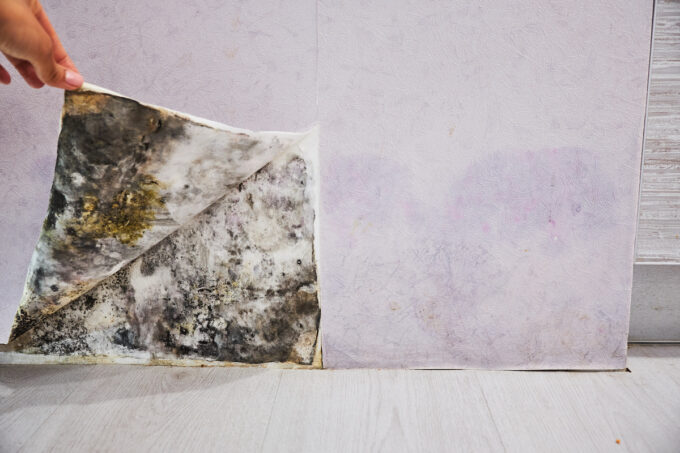
Close-up Of A Shocked Woman Looking At Mold On Wall
Obviously, if you see patches of green, black, or brown spots all over the wall or on a surface that typically accumulates moisture, you can be fairly confident you have a mold or mildew problem. In many cases, you can eliminate this with a diluted mixture of bleach and some generous scrubbing.
But there are also some sneaky signs that your home has a mold or mildew problem.
- A rotten smell. Mold and mildew have a funky, rotten smell to them. If you smell something off in a room, try to track down the origin. If it’s a pile of dirty dishes in the sink or the lingering scent of a recently changed trash bag, don’t think anything of it. But if you notice this rotten smell even after you’ve ruled out all other possibilities, it could be a sign of mold or mildew in your walls.
- Spots on your clothes. You might also notice dark or green spots on your clothes. This could be an accumulation of spores or debris from mold or mildew in the area. They can be hard to notice at first, but once you start looking for them, they’re hard to miss.
- Strange spots on the carpet. Similarly, you should look for strange spots on the carpet. Many types of carpet have a strange way of hiding debris, so you might have to look closely to conduct a better inspection.
- Unexpected allergy flare-ups. Millions of people struggle with “normal” allergies, dealing with symptoms like sneezing, runny nose, and watery eyes during peak times of the year. Typically, these symptoms emerge as a response to encountering an everyday allergen like pollen. But it could also be attributable to mold and mildew. If you or one of your family members has a strange, out-of-season allergy flare-up, it could be traced back to mold or mildew.
- Mysterious headaches. Similarly, if you start getting occasional headaches, and there’s no other explanation for why these headaches are emerging, it could be because there’s a hidden patch of mold or mildew in your environment.
- Discolored furniture. If there’s any mold or mildew in your furniture, it will likely start to discolor that furniture, even if the mold or mildew isn’t immediately visible. This is especially prominent in pieces of furniture that have gotten saturated with water without being properly dried afterward.
- Warping or bubbling walls. If your walls are warping or bubbling, it’s probably because there’s excess moisture lurking there. This isn’t a direct sign of mold or mildew, but it’s a sign that it could propagate soon.
- A cough that doesn’t seem to go away. We all have occasional coughs, especially when sick with the cold or flu. But if you have a cough that never really seems to go away, it’s a good idea to conduct a more thorough screening of your home.
Preventing Mold and Mildew
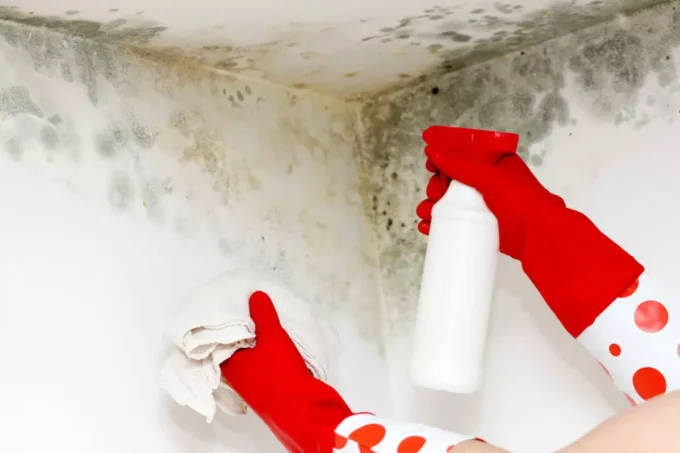
Source: zumper.com
Fortunately, preventing mold and mildew is relatively easy.
Promote airflow. The most important thing you can do is promote air flow in the area with high moisture, so the moisture evaporates and prevents mold and mildew from growing. Depending on where the area is in your house, this might mean opening the doors and windows, running an exhaust fan, or even setting up a box fan.
Run a dehumidifier. Next, consider running a dehumidifier. These marvelous devices remove moisture from the air and can dry out even saturated areas relatively quickly. It won’t bail you out of a house flood, but it can handle most mundane moisture removal activities.
Spot treat existing clusters. Mold grows quickly, so identify and spot-treat existing clusters as soon as possible.
Even if you and your family members aren’t showing visible symptoms of exposure to mold and mildew, it’s important to act quickly if you suspect you have a problem. Mold and mildew problems can escalate quickly, ultimately resulting in devastating levels of damage, so contact a professional right away if you are afflicted.

